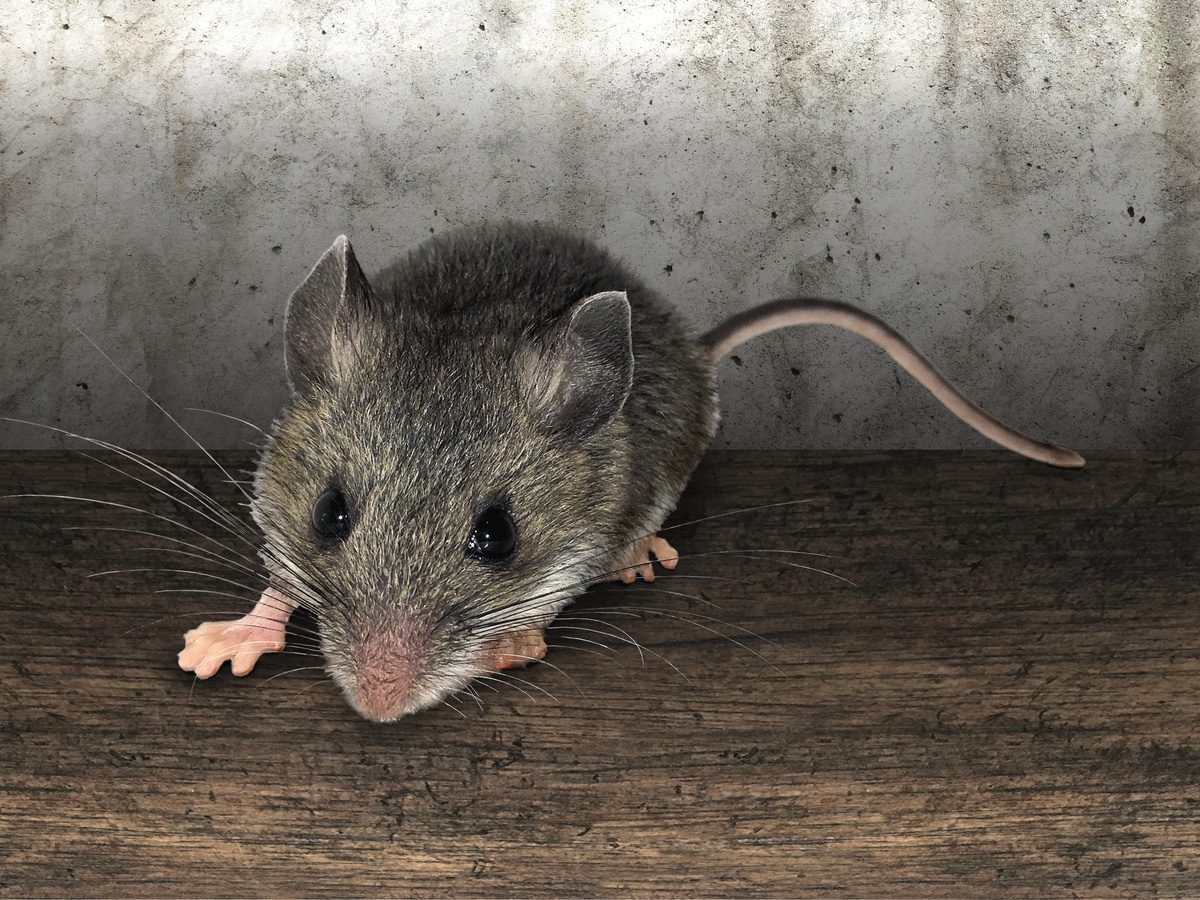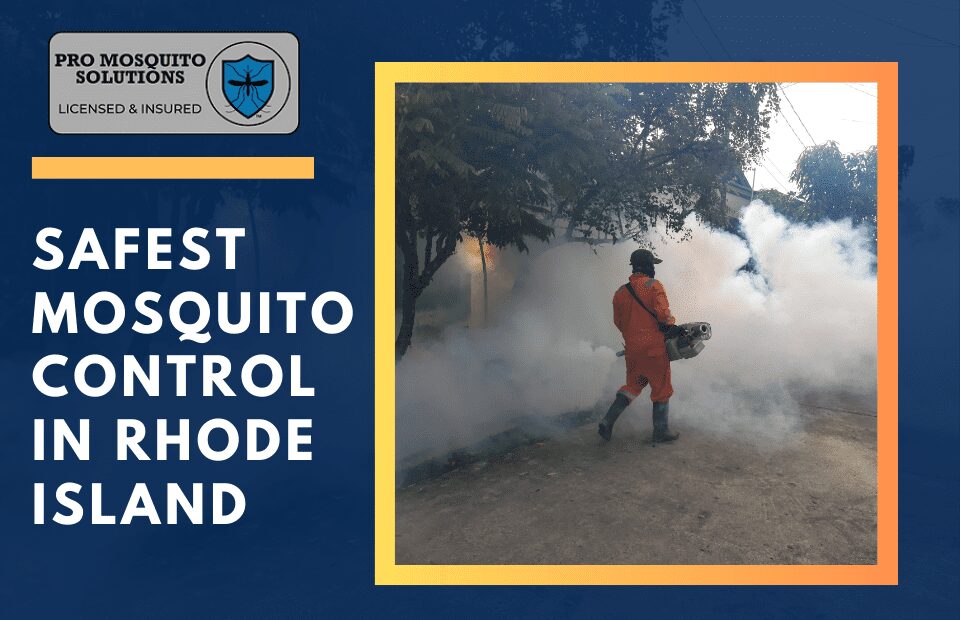The study of the life cycle of mice and rats is essential for effective pest control. Homeowners and business owners in Rhode Island and Massachusetts face challenges from rodent infestations that can compromise structures, contaminate food supplies, and threaten public health. Knowing the developmental stages, reproductive habits, and survival strategies of these rodents allows pest management professionals to implement targeted, environmentally responsible treatments. This article explores the rodent life cycle—from developmental milestones and breeding habits to identification markers, control methods, prevention strategies, diseases carried, and factors influencing lifespan—providing insights for effective rodent management with minimal disruption.
What Are the Key Stages in the Life Cycle of Mice and Rats?
Understanding the life cycle of mice and rats reveals when these pests are most vulnerable. Their cycle comprises birth, growth, reproduction, and death, with each phase featuring distinct behaviors that affect survival and infestation potential.
How Do Mice Develop From Birth to Adulthood?
Mice begin life as tiny neonates dependent on their mothers. Within weeks, they open their eyes, start exploring, and transition from nursing to solid foods. Sexual maturity can be reached in as little as five to seven weeks, fueling rapid population growth. Under optimal conditions, a single pair can produce up to 20 offspring a year. This rapid development, combined with factors like nutrition and genetics, contributes to their quick infestation of properties.
What Are the Life Cycle Stages of Rats From Birth to Maturity?
Rats also begin as vulnerable pups born in larger litters. Their transition to independence is slower than mice, with significant developmental changes occurring over several months. Typically, rat pups show exploratory behavior once weaned and reach sexual maturity by two to three months. Their larger size and longer developmental period allow them to adapt well to adverse conditions, contributing to persistent infestations. Environmental factors such as food availability and population density can affect their developmental timeline and reproductive rates.
How Do Environmental Factors Affect the Life Cycle of Mice and Rats?
Environmental conditions play a crucial role in rodent survival. Temperature, humidity, food supply, and shelter determine population growth. Warmer climates with ample food and shelter can lead to accelerated breeding and higher survival rates, while harsh conditions slow reproduction. In urban areas, man-made structures provide consistent food and shelter, often resulting in stable and larger rodent populations. Understanding these influences helps pest control experts predict infestation patterns and adjust intervention strategies accordingly.
How Do Mice and Rats Reproduce and Breed?

Reproduction is key to rodent infestations. Both mice and rats use efficient reproductive strategies to multiply quickly even under adverse conditions, highlighting the need for early and targeted interventions.
What Is the Gestation Period for Mice and Their Breeding Habits?
Mice have a short gestation period of about 19 to 21 days. With the ability to produce multiple litters each year and mate with various partners, even a small population can explode rapidly. This reproductive efficiency underlines the importance of early detection and proactive pest management to prevent exponential growth.
How Do Rats Breed and What Is Their Gestation Timeline?
Rats have a slightly longer gestation period of approximately 21 to 23 days and tend to have larger litters. Their breeding can occur throughout much of the year, especially indoors, where conditions are stable. Rats can even delay implantation under stress to time births with favorable conditions. This adaptive strategy ensures a robust population and emphasizes the need for continuous monitoring and control.
How Rapidly Do Mice and Rats Multiply in Infested Areas?
Population growth in areas with ample food, shelter, and favorable temperatures can be explosive. Mice may breed up to 10 times a year, and rats follow closely with steady reproductive cycles. Their rapid multiplication can double populations within a few months if unchecked, making integrated control methods essential to interrupt their reproductive cycles during peak seasons.
How Can You Identify Mice and Rat Infestations Effectively?
Early identification of rodent infestations is vital. Direct observations of the animals and indirect signs like droppings, gnaw marks, and nesting materials allow for immediate and targeted control services.
What Are the Key Differences Between Mice and Rats?
Mice are smaller, with slender builds and pointed snouts, while rats are bulkier with blunt noses and thick tails. Mice are agile and explore tight spaces, whereas rats are more cautious and prefer burrows near food sources. These physical and behavioral differences influence the pest control approach; for example, traps for mice are often ineffective for larger rats.
What Are the Common Signs of a Mouse Infestation?
Mouse infestations are typically indicated by small, dark droppings near food sources, gnawed wires or structures, and nesting materials like shredded paper. A scratching or scurrying sound in walls and a faint musky odor are additional clues. As mice squeeze through small openings, even minor gaps in walls can lead to infestations.
How Can You Recognize a Rat Infestation Early?
Rat infestations can be detected by larger droppings found near basements, kitchens, or storage areas. Greasy rub marks along walls, audible squeaks at night, and nests made of shredded materials are common signs. Structural damage and the discovery of rat urine further point to a significant infestation that requires prompt professional intervention.
What Are the Most Effective Pest Control Methods for Mice and Rats?

Controlling mice and rats requires an integrated approach that combines immediate eradication with long-term prevention measures. Strategies include mechanical traps, chemical rodenticides, exclusion techniques, and sanitation improvements.
Which Types of Mouse Traps Are Most Effective?
Snap traps remain popular for their immediate lethality and simplicity. When baited with peanut butter or chocolate, their effectiveness increases. Innovative options like electronic traps also offer a humane solution, reducing populations by up to 70% within a month when properly placed and maintained.
What Are the Best Rat Traps and How Should They Be Used?
For rats, robust snap traps with wider bases are most effective. Multiple-catch or live-catch traps offer alternatives in heavy infestations. Combining traps with strategic bait—such as high-protein foods—enhances performance. Regular monitoring and varied trap placements along common travel routes are crucial for success.
How Are Rodenticides Used Safely for Rodent Control?
Rodenticides can be effective when used as part of an integrated strategy. They must be applied with caution using tamper-resistant bait stations and precise dosages to avoid harm to non-target species, children, and pets. When combined with trapping and exclusion, rodenticides can significantly reduce rodent populations while minimizing environmental impact.
What Are Exclusion Methods to Prevent Rodent Entry?
Exclusion involves sealing all potential entry points with materials such as steel wool, caulk, and foam sealants. Regular inspections combined with weather stripping and door sweeps help prevent rodents from entering buildings. This method can reduce rodent entries by up to 90% when executed properly alongside good sanitation practices.
How Does Integrated Pest Management (IPM) Improve Rodent Control?
IPM combines biological, mechanical, and chemical methods to sustainably manage rodent populations. It involves regular inspections, habitat modifications, and coordinated trap and rodenticide use while addressing the root causes of infestations, such as food availability and unsecured entry points. By maintaining a balanced ecosystem, IPM minimizes reliance on chemicals and reduces infestations long term.
What Prevention Strategies Help Avoid Future Mice and Rat Infestations?
Long-term prevention is focused on making environments less attractive to rodents by limiting access to food, water, and shelter.
How Can Eliminating Food Sources Deter Rodents?
Removing food sources is critical. Keeping kitchens and storage areas clean, securing food in rodent-proof containers, and ensuring garbage bins are sealed discourages rodents. Properties with strict food management protocols often see a dramatic reduction in rodent activity.
What Are the Best Practices for Sealing Entry Points?
Conducting thorough inspections to identify and seal gaps in walls, foundations, and doors is essential. Using durable materials like steel wool and heavy-duty caulk helps block entry points larger than 1/4 inch. Consistent maintenance, especially during seasonal changes, is key to preventing future infestations.
How Does Maintaining a Clean Environment Reduce Rodent Attraction?
A clean environment removes the food scraps and shelter that support rodents. Regular cleaning, proper storage of waste, and decluttering outdoor areas like patios and storage sheds reduce nesting opportunities. Rigorous sanitation practices, combined with sealing and exclusion, greatly diminish rodent populations.
What Diseases Do Mice and Rats Carry and How Can You Protect Yourself?

Mice and rats can transmit various diseases, making their control essential for public health. Both species carry bacteria, viruses, and parasites that may cause illnesses ranging from mild to severe.
Which Diseases Are Commonly Transmitted by Mice?
Mice are known to carry hantavirus, leptospirosis, and salmonellosis. They can also be associated with West Nile virus and murine typhus. The transmission risk is heightened in confined areas like basements and attics. Preventive actions include sealing entry points, maintaining cleanliness, and reducing indoor rodent populations.
What Diseases Are Associated With Rats?
Rats are linked to leptospirosis, rat-bite fever, and salmonellosis, and historically, they played a role in the spread of the bubonic plague. Their droppings and urine can contaminate food and water, increasing the risk of infection. Enhanced sanitation, regular property inspections, and diligent rodent control are recommended to lower disease transmission.
How Can You Minimize Health Risks From Rodent Infestations?
Reducing health risks involves a combination of personal hygiene, environmental cleanliness, and professional intervention. Regular disinfection—especially in food areas—using rodent-proof storage, and installing physical barriers help cut off contamination sources. Additionally, wearing protective equipment during clean-ups and educating residents on hygiene practices further lowers disease risks.
How Long Do Mice and Rats Live and What Influences Their Lifespan?
The lifespan of rodents affects infestation dynamics and control timing. Both in the wild and indoors, various factors such as predation, shelter, and food availability influence how long they live.
What Is the Typical Lifespan of Mice in the Wild and Indoors?
Wild mice typically live about one year due to predation and harsh conditions. Indoors, with abundant food and shelter, they may live two to three years. The difference is mainly due to the reduced threats and better conditions in controlled environments, which can sometimes double their lifespan.
How Long Do Rats Usually Live and What Affects Their Survival?
Rats generally live two to three years in the wild and up to four years in urban or laboratory settings where food is stable and predation is reduced. Survival is influenced by food quality, shelter, genetics, and exposure to toxins or pest control measures. Urban rats often exhibit increased longevity due to consistent resources and fewer natural predators.
| Species | Average Wild Lifespan | Lifespan Indoors | Key Influencing Factors | Notable Data Point |
|---|---|---|---|---|
| Mice | 1 year | 2-3 years | Predation, food, and temperature | Indoors can double lifespan |
| Rats | 2-3 years | Up to 4 years | Genetics, shelter, urban environment | Urban rats live longer |
The table above summarizes how environmental improvements extend lifespans indoors while highlighting factors that can be managed to curb populations.
Frequently Asked Questions
Q: How soon can a rodent infestation be detected? A: Early signs such as droppings, gnaw marks, and scratching noises may appear within weeks. Regular inspections of attics, basements, and storage areas are key to early detection.
Q: What are the most immediate actions to take if you suspect an infestation? A: Seal visible entry points, set traps, and reduce food and water access immediately. Consulting a professional pest control ensures that comprehensive measures are implemented promptly.
Q: How does indoor living affect the reproductive rate of rodents? A: Indoor environments provide consistent food and shelter, leading to more frequent litters and exponential population growth if not managed with targeted control strategies.
Q: Why is exclusion such an effective prevention method? A: Exclusion permanently blocks common entry points by sealing cracks and gaps, drastically reducing the likelihood of re-infestation and reliance on chemical controls.
Q: Can professional pest control services guarantee complete eradication of rodent infestations? A: While they can significantly reduce populations through integrated pest management, ongoing inspections and maintenance are necessary to keep rodent numbers low.
Q: Are there any environmentally friendly rodent control options available? A: Yes, many companies use eco-friendly solutions such as non-toxic baits, traps, and exclusion methods that minimize harm to non-target species while providing long-term control. Check out our commercial rodent control solutions.
Q: How do seasonal changes impact rodent behavior and infestation rates? A: Seasonal variations, particularly in temperature and humidity, influence rodent behavior. Colder weather drives them indoors seeking warmth and food, often increasing indoor infestations. Understanding these trends allows for better-timed control measures.
Final Thoughts
Effective rodent control begins with understanding the life cycle of mice and rats. This article has reviewed their developmental stages, reproductive habits, and survival factors, offering actionable insights for identification and management. By combining traps, rodenticides, exclusion, and sanitation into an integrated strategy, homeowners and businesses in Rhode Island and Massachusetts can maintain a healthier, rodent-free environment.

Ryan Lambert is the owner of Pro Mosquito Solutions, a trusted pest control company serving Rhode Island and Southeastern Massachusetts. Known for their eco-friendly, effective pest solutions, Ryan and his team handle mosquitoes, ticks, ants, rodents, and more with customized services that keep properties pest-free. Pro Mosquito Solutions is dedicated to customer satisfaction, using top-quality products and innovative techniques to ensure safe, long-lasting results. Ryan also writes informative blogs, empowering customers with knowledge about pest control and prevention.







